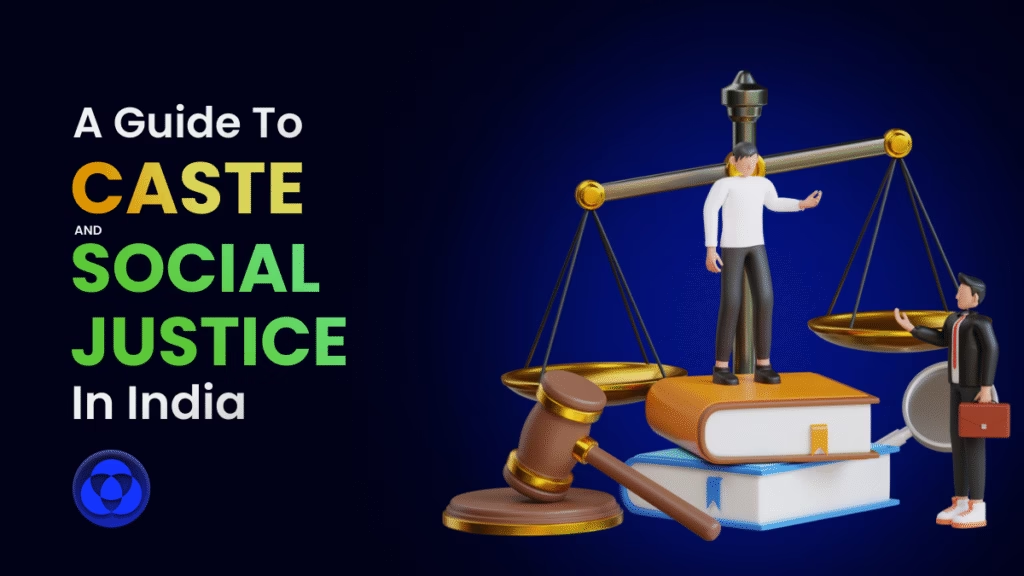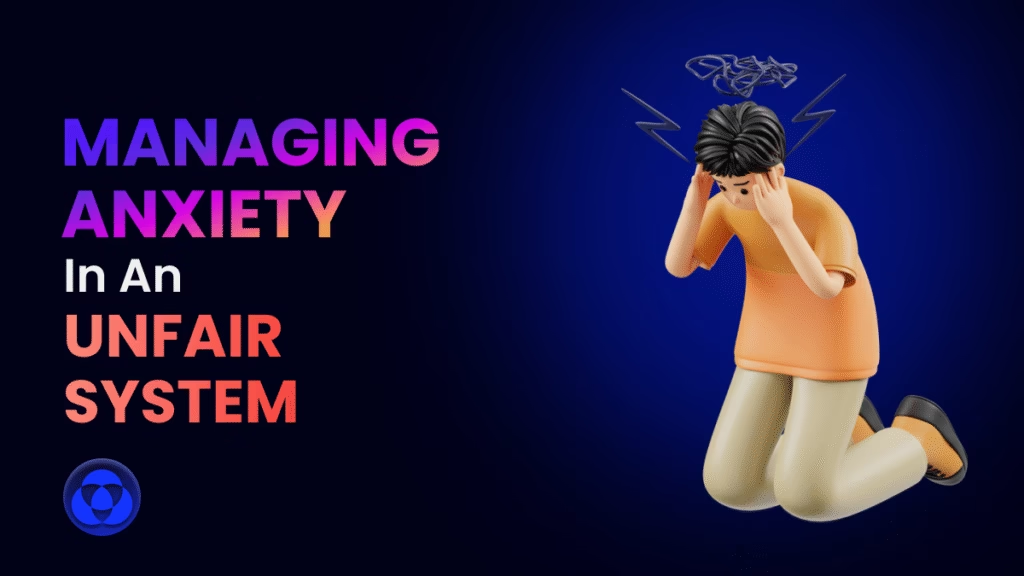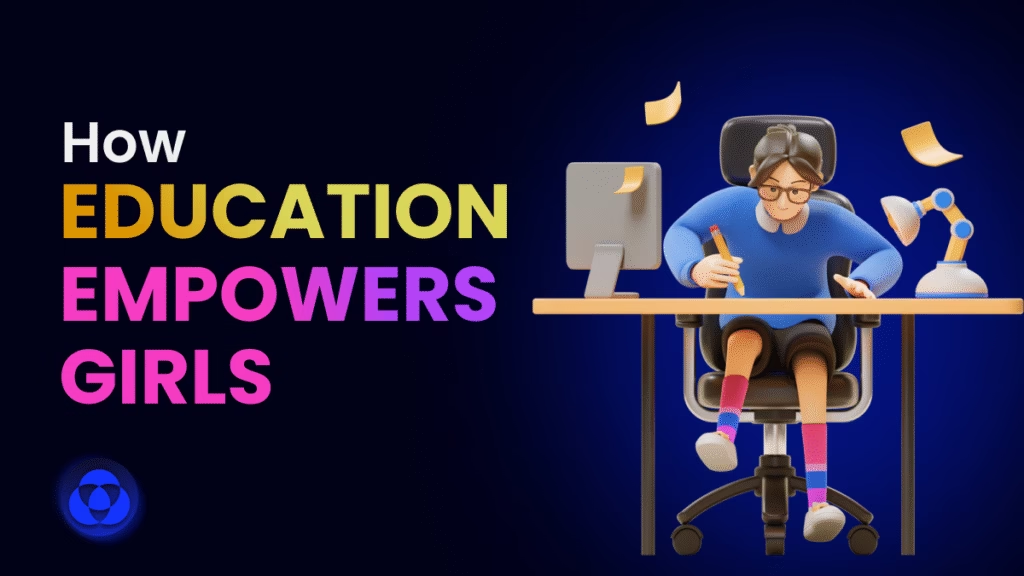Have you ever wondered what the word “Bahujan” really means? Maybe you’ve heard it at home, at school, or on the news. But what exactly does “Bahujan” mean, and why is it important for us to understand it clearly? Let’s explore this together.
What Does ‘Bahujan’ Mean?
The term “Bahujan” comes from the ancient Pali language, which was spoken during the time of Gautama Buddha. It literally means “the many” or “the majority”. Buddha himself used this term in his teachings, saying: “Bahujana Hitaya Bahujana Sukhaya,” which means “for the benefit and happiness of the majority”.
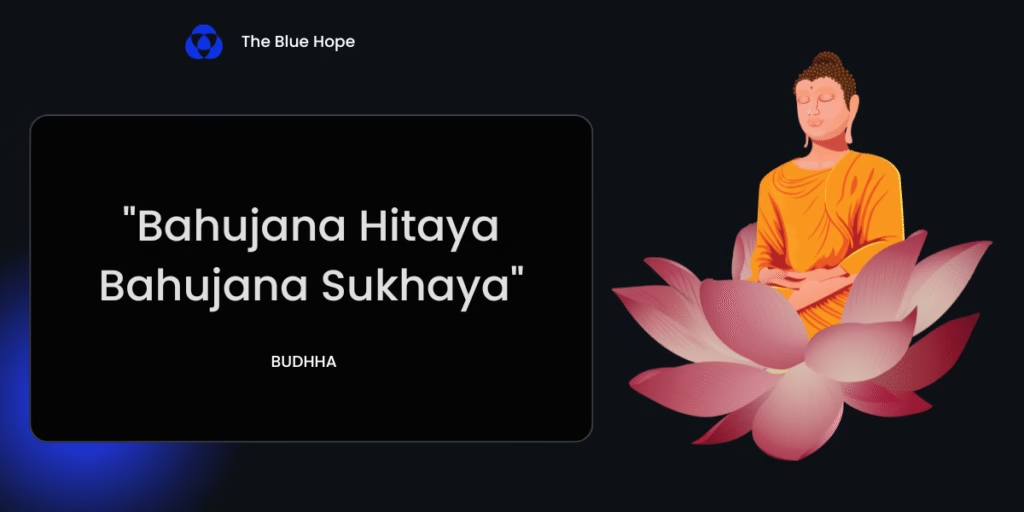
In modern India, the term Bahujan refers to a large group of people who have historically faced social discrimination and inequality. This includes Scheduled Castes (SC), Scheduled Tribes (ST), Other Backward Classes (OBC), and minority communities. Together, these groups make up a significant majority of India’s population.
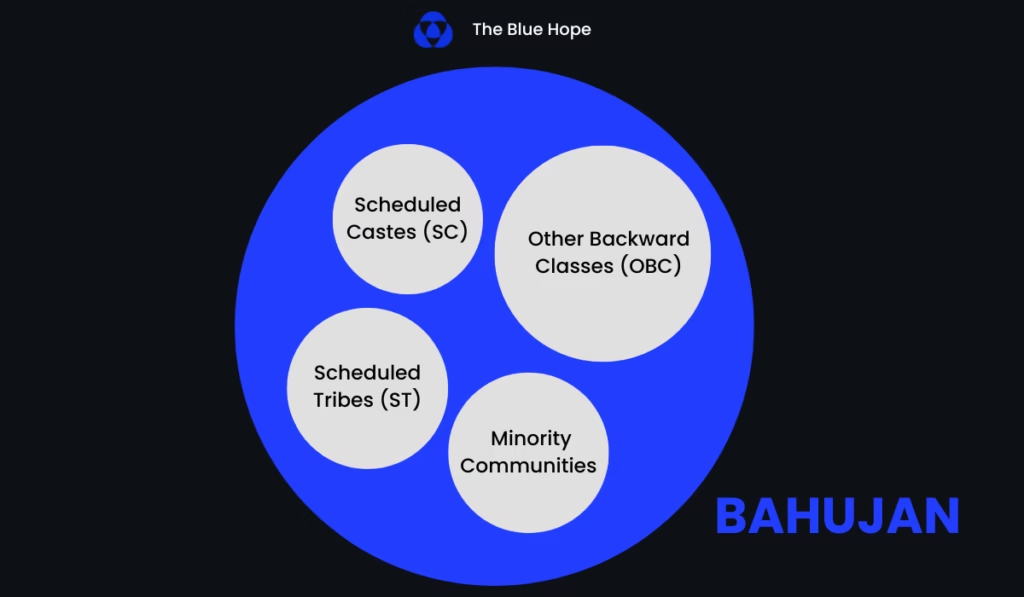
Why Understanding ‘Bahujan’ Matters?
Understanding the meaning of Bahujan is important because it helps us recognize our shared history, struggles, and strengths as a community. For centuries, many groups within the Bahujan community have faced discrimination, exclusion, and limited opportunities. By understanding our collective identity as Bahujans, we can unite to overcome challenges and build a better future for ourselves and future generations.
The idea of Bahujan is rooted in the teachings of Gautama Buddha, who said: “Bahujana Hitaya Bahujana Sukhaya,” meaning “for the benefit and happiness of many”. Dr. B.R. Ambedkar also used this term to highlight the struggles faced by most people in society who experienced discrimination due to caste.
When we understand what unites us as Bahujans—our shared experiences, our common challenges, and our collective dreams-we can work together to create a fairer society where everyone has equal opportunities.
Challenges Faced by the Bahujan Community
Even today, Bahujans face many challenges. Let’s look at some common struggles:
- Educational Barriers: Many Bahujan students come from families where parents are daily wage laborers or farmers. They often face financial difficulties in continuing their education.
- Discrimination in Professional Spaces: Even after completing education, Bahujan professionals often face prejudice at workplaces. For example, young lawyers from Bahujan backgrounds sometimes find it harder to be treated equally in courts compared to upper-caste lawyers.
- Social Exclusion: Historically, many Bahujans were kept away from opportunities due to caste-based discrimination. Even today, they may experience unfair treatment or limited access to resources.
How Can We Overcome These Challenges?
Though these challenges are real and difficult, there are practical steps we can take to overcome them:
- Prioritize Education:
- Seek scholarships available for Bahujan students.
- Join mentorship programs that provide guidance.
- Form study groups with friends who share similar goals.
- Build Economic Strength:
- Learn about financial literacy and entrepreneurship.
- Support businesses owned by members of your community.
- Encourage family members to start small businesses or learn new skills.
- Connect with Community Organizations:
- Join local groups or student organizations that support Bahujan rights and empowerment.
- Participate in workshops or events that raise awareness about social justice issues.
- Celebrate Role Models:
- Learn about inspiring leaders like Chhatrapati Shahuji Maharaj, Dr. Ambedkar, Jyotirao Phule, Birsa Munda, Periyar E.V. Ramasamy and Kanshi Ram.
- Share stories of successful Bahujans in your community to motivate yourself and others.

How Understanding ‘Bahujan’ Impacts Your Life?
You might wonder why understanding this term matters personally to you. Here’s why:
- If you’re a student: Understanding your identity as part of the Bahujan community can help you feel proud and motivated. It reminds you that you’re part of a larger group working together for equality and respect.
- If you’re a professional: Knowing about your heritage can encourage you to support others facing similar challenges at work or in society.
- If you’re a family member: Teaching your children about their roots helps them grow up confident and aware of their rights.
When you recognize yourself as part of the majority—the “Bahujan”—you become empowered to stand up against injustice and work towards positive change.
Inspiring Stories from Our Community
Let’s look at some inspiring stories that show how understanding the meaning of Bahujan has helped people achieve great things:
- Kanshi Ram’s Vision: Kanshi Ram founded the Bahujan Samaj Party (BSP) in 1984 to unite SCs, STs, OBCs, and minorities into one powerful force for positive change. His vision inspired thousands to believe in their strength.
- Nirmala Dasua’s Courage: Nirmala Dasua was once a simple homemaker but became an influential political leader through her involvement with BSP. She overcame personal barriers and became an active voice for social justice.
- Young Students’ Movements: Across universities in India, Dalit-Bahujan student organizations are actively working together despite facing financial difficulties or administrative hurdles. They support each other academically and socially.
These stories teach us that when we understand our shared identity as Bahujans, we can unite together for positive change.
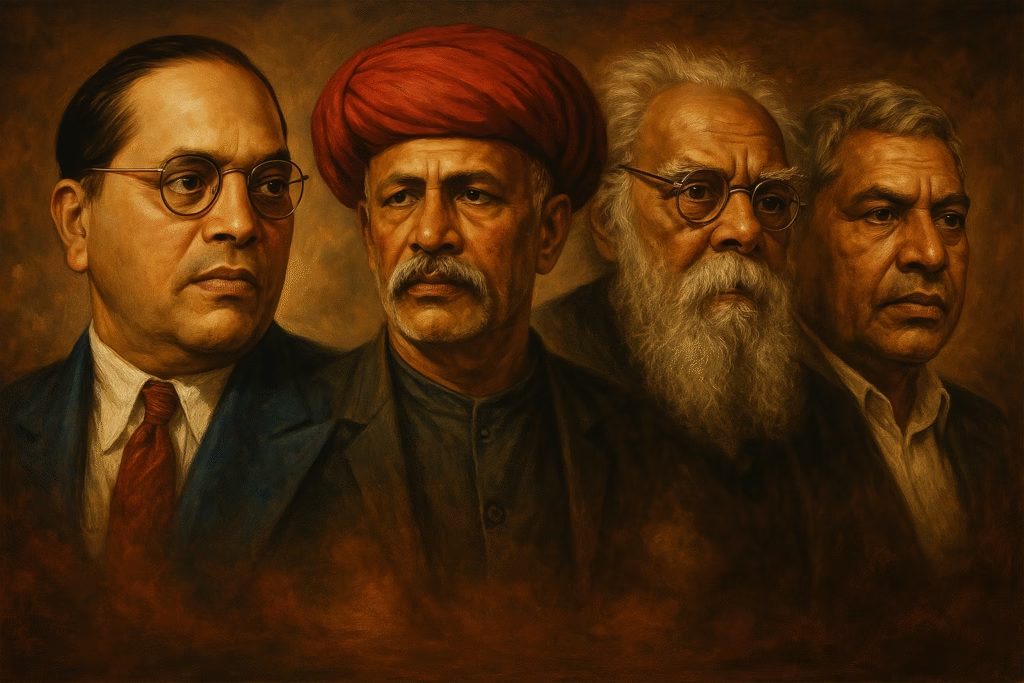
Common Questions About ‘Bahujan’
Here are answers to some questions you might have:
- Is ‘Bahujan’ only related to politics? No! While it’s used politically today by parties like BSP, its roots go deeper into social justice movements inspired by Buddha’s teachings and Ambedkar’s vision for equality.
- Does ‘Bahujan’ only include Dalits? No! The term includes Scheduled Castes (Dalits), Scheduled Tribes (Adivasis), Other Backward Classes (OBCs) {Shudra}, and other minorities—together forming India’s majority population.
- Is ‘Bahujan’ a new term? Not at all! The term has been around since ancient Buddhist texts but gained popularity during anti-caste movements led by Jyotirao Phule in Maharashtra over 100 years ago.
Common Mistakes to Avoid
While learning about ‘Bahujan’, here are some mistakes you should avoid:
- Thinking it’s only political: Although political parties like BSP, ASP use this term widely today, its roots are deeper—in social justice movements aiming for dignity and equality beyond politics alone.
- Ignoring diversity within Bahujans: Remember that while united under common struggles against discrimination, each community within the Bahujans has unique experiences too. Respecting these differences is key to true unity.
Disclaimer: This article is for educational purposes only. It aims to inform, inspire, and empower the Bahujan community while respecting diverse perspectives.
Key Lessons & Next Steps
Now you’ve learned what ‘Bahujan’ means:
- It represents “the majority”—SCs/STs/OBCs/minorities who form India’s largest population group.
- Its origin lies in Buddha’s teachings (“benefit & happiness for many”) & Ambedkar’s vision for equality & dignity.
- Understanding your identity helps fight discrimination & build unity.
Here’s how you can start today:
- Talk openly about your heritage with family & friends.
- Support fellow students/professionals facing challenges due to caste or economic barriers.
- Engage actively with community groups promoting education & empowerment initiatives.
Remember—you are part of a strong community with rich history & powerful potential! Together we can create positive change through education & unity!
Let’s continue learning together—and let’s proudly embrace our shared identity as members of India’s vibrant Bahujan community!


